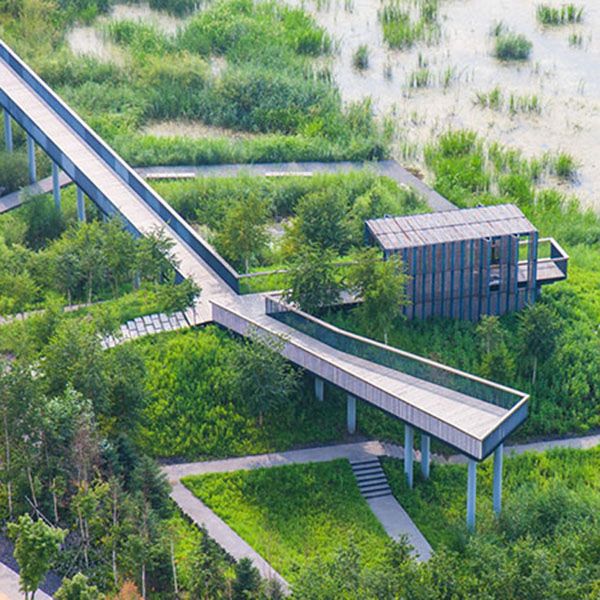
Urban greening is not suitable for frequent innovation
 潍坊嘉诺环境艺术工程有限公司
潍坊嘉诺环境艺术工程有限公司
 山东省昌乐县大沂路与新昌路交叉口
山东省昌乐县大沂路与新昌路交叉口
 2017-9-28
2017-9-28

In recent years, the problem of tree species selection in urban greening has become increasingly prominent, and there is a large number of exotic tree species and cross-zone planting in most areas. Blind introduction of foreign tree species and even foreign tree species will not only cause great waste in economy, but also cause certain damage to the ecological balance of species.
It is true that the introduction of different tree species can enrich the tree species, so that the public can enjoy the tree species that are not easy to see in normal times during leisure, but it also brings many problems. For example, the introduction and transplantation cost is huge, and the maintenance cost is relatively high after the introduction; Exotic tree species have higher requirements for growth conditions and environment, and often die if they fail to reach certain site conditions, resulting in a waste of resources.
Each city has its specific geographical location and corresponding climatic zone, and in the long-term natural evolution and evolution process, the survival of the fittest and survival of the fittest produced vegetation populations must be suitable for local geographical and climatic conditions. Therefore, native tree species should always be the backbone and basic tree species of urban greening.
We advocate the return of native tree species because it is a valuable regional biological resource, the result of "survival of the fittest, survival of the fittest", and has greater advantages over imported tree species. As the result of natural selection of ecological environment, native tree species have strong adaptability to local natural conditions and strong resistance to stress. The greening and planting personnel have rich experience in planting and management of native tree species, and the maintenance work after planting is more meticulous and effective. In addition, the native tree species are rich in seed sources, and the distance between the seedling base and the planting land is relatively close, which can be done with the transport and planting, reducing the intermediate link, low cost and high efficiency. In addition, native tree species have regional cultural connotations and can highlight local characteristics.
Plants are closely related to their geographical environment. First of all, as a living body, plants should first ensure their healthy growth, root and shade, and then pursue other effects. The selection of tree species in urban greening should not blindly seek new and change, but should not frequently replace new varieties of newly planted trees before they have formed shade, resulting in the ecological function of trees in urban greening basically disappearing, leaving only the "written" urban greening results reflected in the data.





